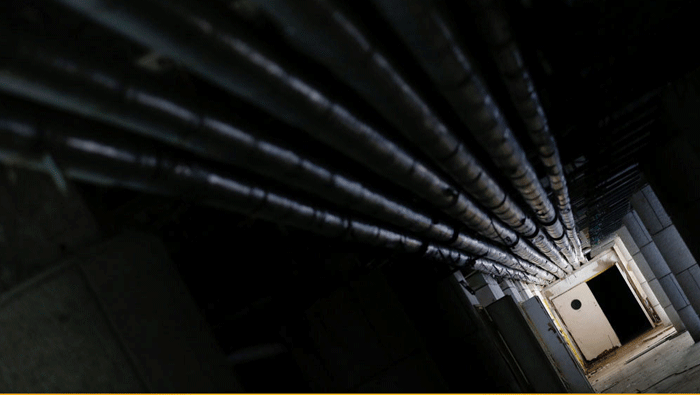
Budapest: Time stands still in a former Soviet military hospital in Budapest that was abandoned when the last Russian troops left Hungary in 1991. Soldiers wounded in Afghanistan were among those treated here. Now the 70,000 square metre (17 acre) complex lies derelict - its walls crumbling, its floors torn up, its windows broken. Traces of the Russian presence are everywhere.
In one of the apartments where doctors and soldiers lived with their families, a copy of the Russian newspaper Komsomolskaya Pravda has been left behind. It dates from November 20, 1988 and the front page details a visit by Mikhail Gorbachev to India - a memento of the final years of communism under the last leader of the Soviet Union.
In one room, health records and empty medicine bottles lie scattered on the floor. A document reveals that a Russian soldier named Sergei G., who was born in 1962 and served as a driver, was brought to the hospital in 1983 with severe burns on his hands and neck. It is not clear whether his wounds were from the war in Afghanistan, which the Soviet Union invaded in 1979, or what eventually became of him.
First opened in 1904 as a private mental institution, the Art Nouveau hospital was occupied by the Red Army in 1945.
New buildings, including a huge surgery department, were added later. Now they are eerily quiet, with only pigeons flying in and out. Water drips from the ceilings of the operating theatres. With the fall of communism across Eastern Europe and the collapse of the Warsaw Pact military alliance, Moscow brought home its troops from around the region.
But Laszlo Hajdu, 69, mayor of the Budapest district where the hospital is located, said that in 1991 the Hungarian government was not willing to pay the Russians compensation for what they had invested in the hospital. "They packed everything in rail carriages and left the bare walls to us," Hajdu told Reuters.
"We said farewell to them in June 1991 with vodka, according to Russian customs, and they left in tears ... I was there when we took over the buildings." That marked the start of a long saga of changing ownership rights and searches, still unresolved, to find new investors. Locals still remember the days when they lived next to the Soviet military complex.
"Soldiers were treated here, there was a tall white stone wall surrounding the buildings and they peeked over the fence... We were not allowed into the territory of the hospital," said Margit Arkos, 63. "When they left, there was a big sale, nearly everyone living around here bought chairs, sofas," she said. "It's incredible that nearly 30 years have passed, and they have still not been able to decide what should happen to this hospital."